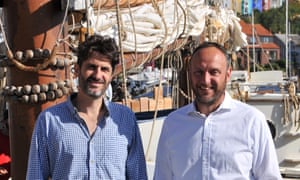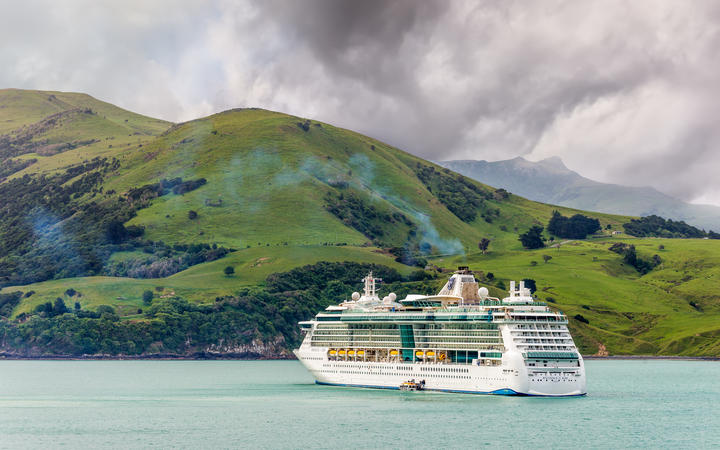Well, it seems that after Herman Melville jumped ship from the Acushnet, and eventually arrived in Honolulu after other misadventures, he worked as a "pin boy" in a bowling alley, and with surreptitious practice became quite adept.
It seems plausible enough, as his whaling experience would have included learning how to heave a harpoon, and keep look out with a sharp eye, but how strange!
And here is a very amusing and well researched meditation on the subject by Christopher Benfey.
During the summer of 1843, when he was twenty-three and had not yet published a word -- it begins -- Herman Melville worked as a pinsetter in a bowling alley in Honolulu and, according to the Melville authority Hershel Parker, “at quiet times picked up some skill as a bowler.” During the ensuing years, Melville, whose 200th birthday we are celebrating this year, became our most eloquent poet of the dead-end job. Billy Budd is hung from the yardarm; Moby-Dick drags the crew of the Pequod to the bottom of the sea. Bartleby, who goes blind mindlessly copying legal documents, worked previously as “a subordinate clerk in the Dead Letter Office” in Washington, D.C. “Conceive a man by nature and misfortune prone to a pallid hopelessness,” Melville writes, “can any business seem more fitted to heighten it than that of continually handling these dead letters, and assorting them for the flames?”
True enough, but in the annals of futility, the Sisyphean job of setting up pins in a bowling alley seems particularly pointless. You set up the pins; they’re knocked down; you set them up again, politely returning the bowl to the bowler. Before the invention of the automatic pinsetting machine, adopted during the 1950s, pins were reset by poorly paid pinsetters, also known as pinboys or pin-monkeys. The sociologist and photographer Lewis Hine, documenting child labor for a decade from 1908, took several pictures of anxious boys watching for balls barreling down the alleys, as though they themselves were the pins.
Melville, apparently, was one of their forebears. He had deserted his whaling ship—another dead-end job—in the Marquesas Islands of French Polynesia and had made his way to the disreputable port of Honolulu, where he was appalled by the treatment of the native islanders. “Not until I visited Honolulu,” he wrote sardonically, “was I aware of the fact that the small remnant of the natives had been civilized into draught horses, and evangelized into beasts of burden.” There he found a job as a clerk in a general store—he’d previously clerked, briefly, in his brother’s fur-cap shop in Albany, New York—and supplemented his income at a bowling alley.
It should be said that the sole evidence for Melville’s career as a pinsetter comes from a letter published in 1850 in the Lansingburgh Democrat (Lansingburgh is the town near Albany where Melville lived for several years). The letter-writer, one H.R. Hawkins of Honolulu, mentions meeting someone who claimed to be “well acquainted” with Melville, “and knew him at a time when he was setting up pins in a ball alley.”
So, is it likely? Read the rest, and see what you think.Meantime, here is Ron's wonderful painting of the Acushnet, which now hangs in the Melville Bed and Breakfast House in New Bedford.










